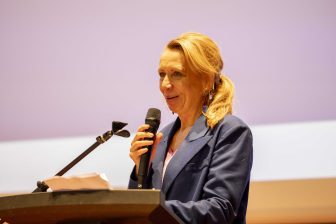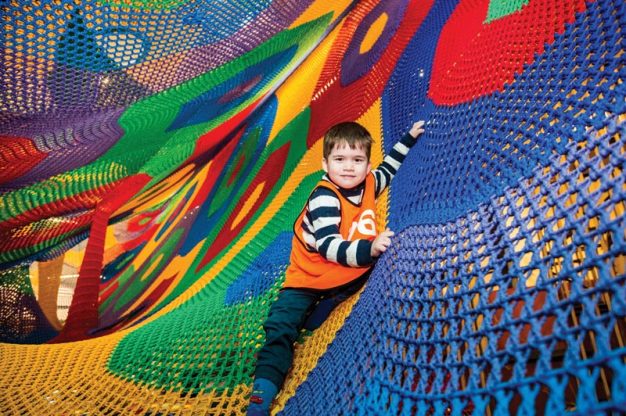
Russian children play freely at Yeti
Remember your childhood. If you climbed the trees, scrambled along large boulders, ran along the roof of the garage, built houses on the trees and built snow fortresses, rolled down from the green hill and built a shelter, then you surely know and remember that wonderful feeling of freedom and pleasure, that kids have from playing freely.
In our childhood, we had yards, where kids could play all day long until their parents would call them home.
Now in Russia, every yard has a kids “playground”. These basic plastic playgrounds are safe, but completely boring for kids. They also require total control from parents. Kids do not have an ability to run, to jump, be themselves and do what they want, without shoutings from parents: “Don’t go there! Don’t climb! ” You’ve probably already heard about helicopter parents? This problem with parents is also relevant in Russia.
Children’s entertainment center
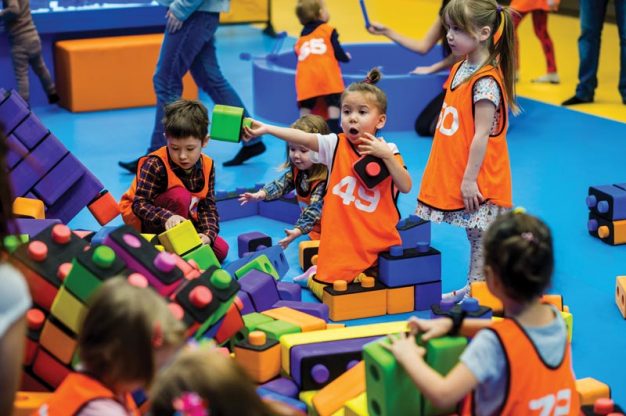
An outstanding Polish educator, writer and doctor Janusz Korczak wrote about this trap: “In fear that death can take away our child, we take the child away from life…”
The concept of the children’s entertainment center Yeti is based on the desire to give children freedom. Freedom of movement, freedom of play and creative freedom. Those are the things that children from big cities are missing.
Reasonable risk is necessary for the child in order to develop self-control and responsibility. This is how the child gets to know his resources and learn to evaluate his abilities.
That’s why Yeti has an obstacle course, vertical labyrinth with complex transactions and multistory crocheted labyrinth. A giant four-level structure is one of the main attractions in Yeti. It was handmade by 42 craftsmen. In took 572 kilometers of rope to create this labyrinth. From outside it looks light and airy, but in reality, it can withstand up to 11 tons per square meter. You can climb, jump, roll down and even run on it. It’s not just a simple game element, but a real simulator for all the muscles.
In addition to the active zone, there is also a creative one – a large construction site, filled with blocks, with which children can build everything they can imagine. The playgrounds of this type are called “unstructured playgrounds”, unlike toys or games by the rules, here children can model their own playing space. There are 5 different types of constructor kits in Yeti.
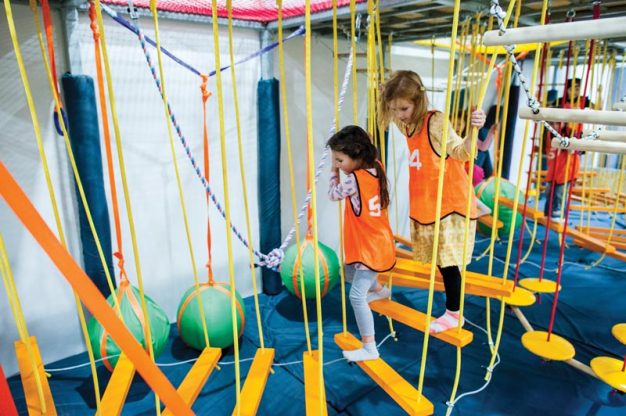
The playground concept
The concept of the playground was developed taking into account modern theories of child development. Yeti was created as a space for free play. We are guided by the principle of child directed play or “a game aimed at the child.” In the Yeti there are no ready-made plot decisions. And this is especially important in our time, when the child’s life goes according to the prepared script almost from birth: games with a ready plot, toys with a given program, a building kit with the assembly instruction attached to it, etc. We want the children to have an opportunity to take an active author’s position. In Yeti, from the age of 6, children play on their own. In each zone there are instructors and playmakers who unobtrusively watch after kids and, if necessary, help children in the realization of their projects.
Children from one to five have a separate area with their parents. Here we also tried to collect a maximum of “open” toys with high game value, so that children could freely fantasize and make their own discoveries. Swings Gonge, which are more like a rotating bin. Or a balance board that can become like a swing, a hammock, and a slide. And of course a giant turquoise sandbox with natural quartz crumbs.
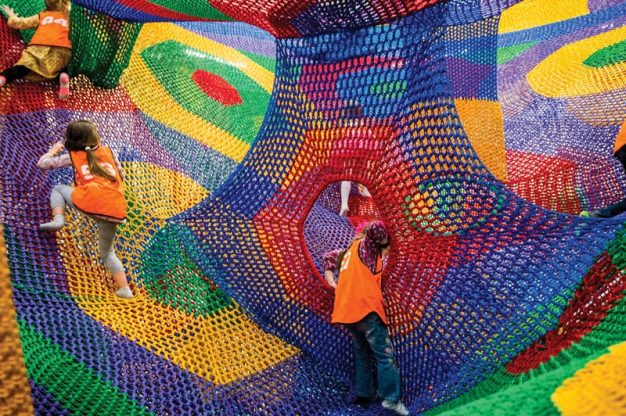
One of the tasks, when creating the playground, was to take into account not only different age groups, but also different levels of activity of children. Someone wants to run and climb to the top of the labyrinth, but someone prefers to hide in a corner with good books. This is especially important for children with special needs.
Yeti includes therapeutic equipment. In order to make our dream of an inclusive playground come true, a Russian company Sova-Nyanka provided us with a professional equipment for sensory integration. And now in our child’s center every week special children come to play and practice.
It seems to us that we managed to create a playground for a great childhood, where children with different opportunities and needs can freely play with pleasure.
This article is courtesy of Playground Professionals




